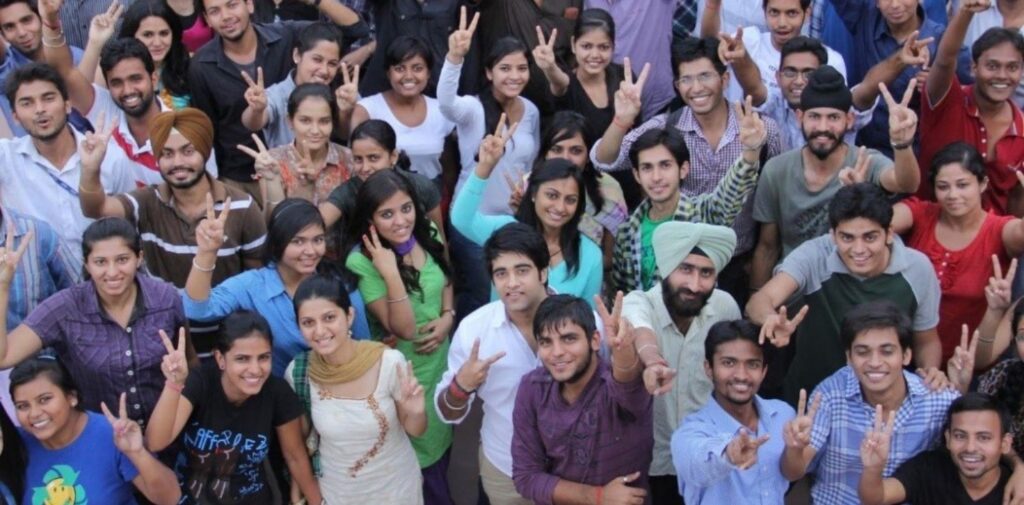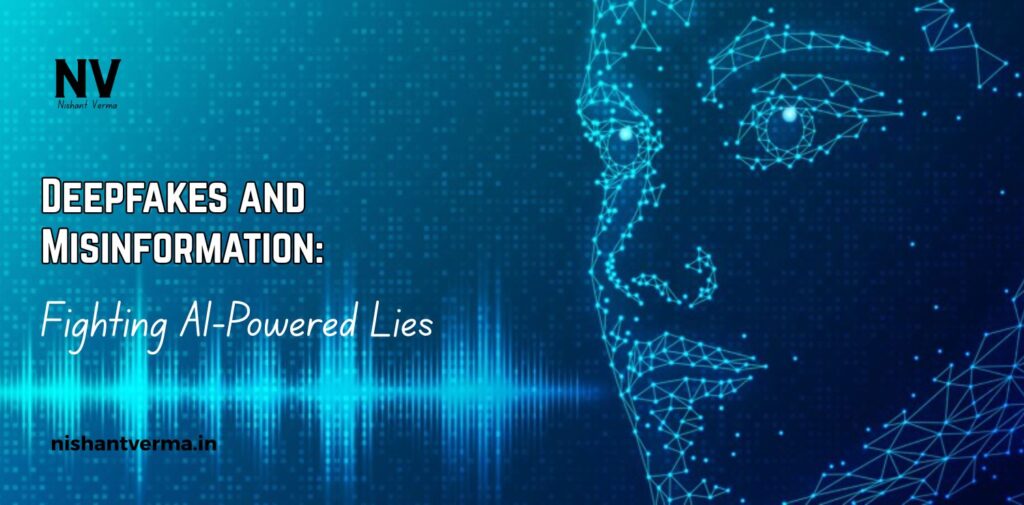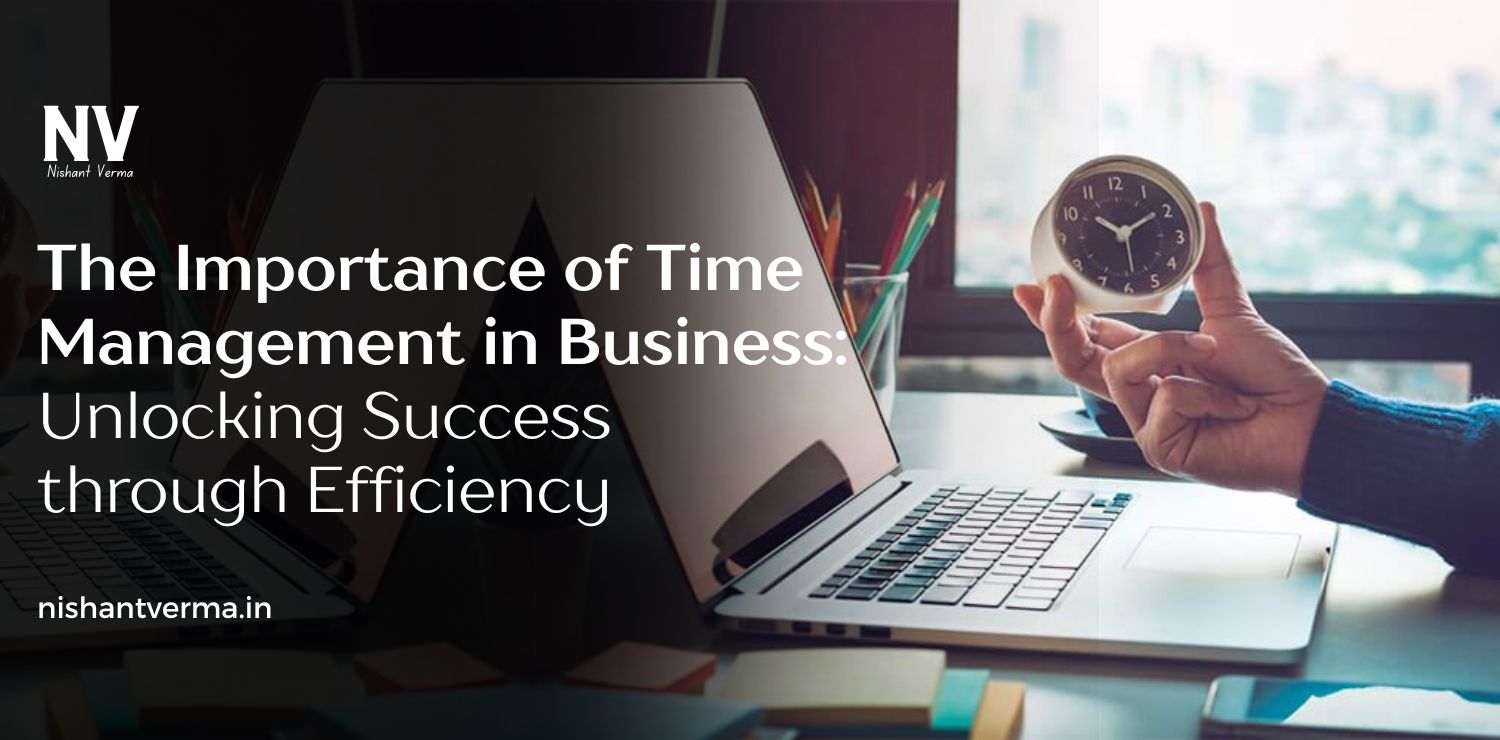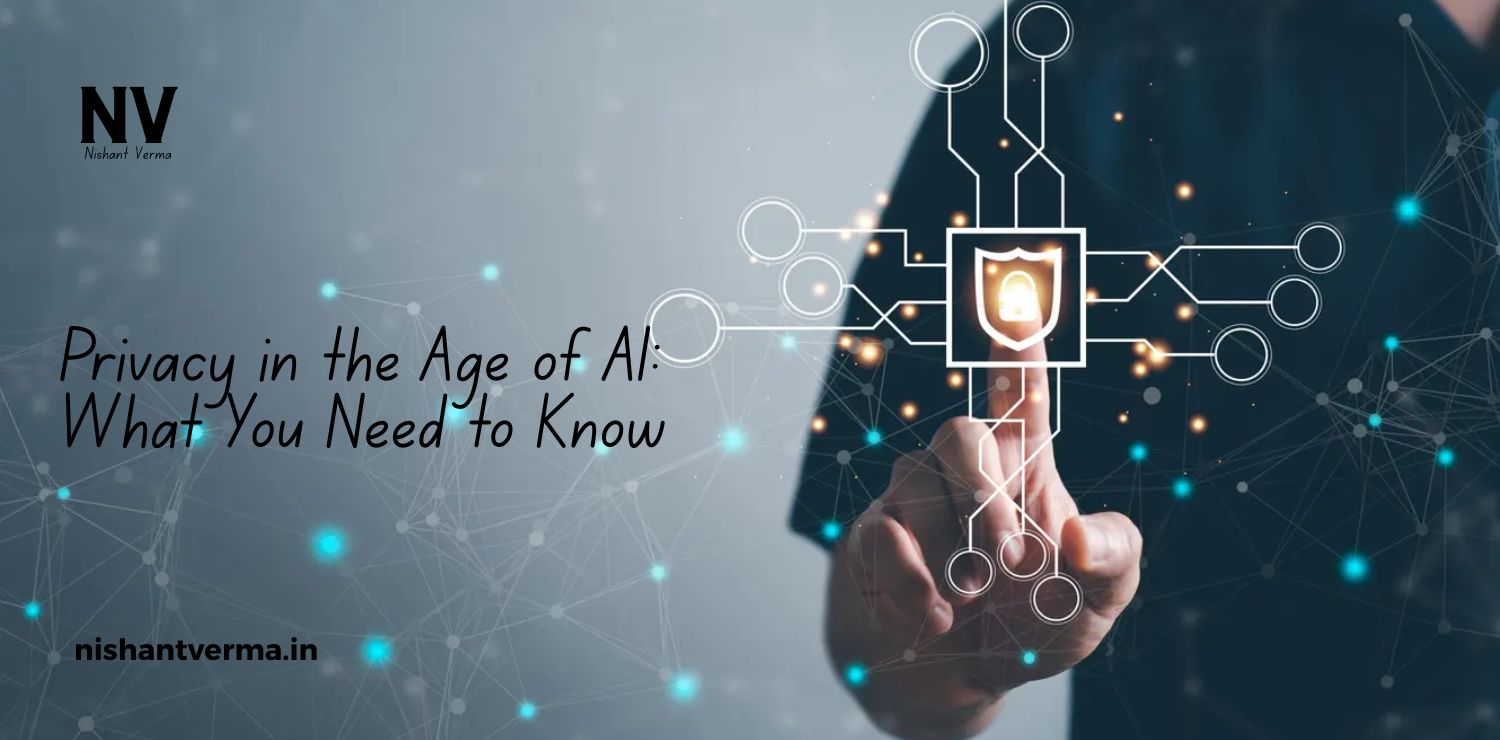In today’s digital world, we are surrounded by information from all directions. From news websites to social media, every second someone is sharing videos, photos, and articles. While this has made it easier to stay informed, it has also opened doors to new kinds of problems. One such problem is the rise of deepfakes and misinformation, especially powered by artificial intelligence (AI). This is a growing concern not only globally but also in India, where millions of people use the internet every day. In this article, we will understand what deepfakes are, how they spread misinformation, their impact on society, and what we can do to fight back.

What are Deepfakes?
Deepfakes are fake videos, images, or audio recordings that are created using artificial intelligence. With the help of a type of AI called deep learning, it is possible to take a person’s face or voice and make it look like they are saying or doing something they never actually did. For example, someone can create a deepfake video of a politician saying something controversial, or a celebrity promoting a fake product.
At first glance, deepfakes can look very real. This makes them dangerous because most people believe what they see or hear in videos. These fake media can be used to mislead people, spread rumors, or even damage someone’s reputation.
The Rise of Misinformation in India
India has the world’s second-largest number of internet users. Every day, millions of people consume news and information through WhatsApp, YouTube, Instagram, Facebook, and Twitter. While these platforms have made communication faster, they have also made it easy for fake news and deepfakes to spread quickly.
During elections, for example, fake videos of political leaders are often shared to confuse voters. In some cases, deepfakes are used to create communal tension or target specific communities. These lies are spread in such a clever way that it becomes difficult to know what is true and what is not.
The problem becomes worse in rural areas, where digital literacy is still low. People who are not used to checking the truth behind a message may believe and share such content further, making the fake news go viral.

Real-Life Cases That Shocked People
There have been several cases where deepfakes caused real trouble. In 2020, a fake video of Delhi Chief Minister Arvind Kejriwal was circulated in which he was seen giving a speech in a different language. The video was created using AI and was part of a political campaign.
In another case, a deepfake video showed actress Rashmika Mandanna in a compromising situation. It was later found that her face was edited into someone else’s body using AI. This caused a lot of emotional stress and showed how deepfakes can be used for harassment.
These are just a few examples. There are many more videos being circulated every day, and many people fall into the trap without realizing the content is fake.
How to Identify a Deepfake or Fake News
While deepfakes are becoming more realistic, there are still ways to identify them. Here are some tips that can help:
- Watch the video carefully. If the face movements look unnatural, or if the lips don’t match the voice, it could be a deepfake.
- Check for any blurriness or distortion around the eyes and mouth. Deepfake technology sometimes struggles with fine details.
- Always check the source of the video or article. If it comes from an unknown website or social media page, be careful.
- Search the content on Google. If you see the same story reported by trusted news websites like The Hindu, NDTV, or BBC, then it’s likely true. Otherwise, it could be false.
- Use fact-checking websites like Alt News, BOOM, or Factly. These platforms regularly bust fake news and deepfakes.
What the Government and Tech Companies Are Doing
The Indian government is also aware of the deepfake problem and has started taking action. In February 2024, the Ministry of Electronics and IT issued new guidelines asking social media platforms to detect and remove deepfakes within 24 hours. They also asked platforms like WhatsApp and Instagram to provide tools that help users report fake content easily.
Tech companies are also developing tools that can detect deepfakes automatically. Google and Microsoft have released AI tools that scan videos and images to check if they are fake. Meta (formerly Facebook) has started labeling suspicious videos and has banned the use of deepfakes in political ads.
The Indian Cyber Crime Coordination Centre (I4C) is working closely with police departments in every state to investigate cases of deepfakes and online fraud.

What We Can Do as Responsible Citizens
Fighting deepfakes and misinformation is not just the job of the government or tech companies. We, as internet users, also have a big role to play. Here’s what we can do:
- Don’t believe or forward anything blindly. Take a few minutes to check if the content is real.
- Educate your family and friends, especially elders and children, about the dangers of fake news.
- Report any suspicious video or message on social media platforms. Most apps now have an option to report fake or harmful content.
- Support digital literacy campaigns in your area. More awareness can reduce the spread of false information.
Conclusion: Truth is Everyone’s Responsibility
Deepfakes and AI-powered misinformation are new challenges of the digital age. They can damage reputations, influence elections, and even threaten national security. But the good news is that we are not helpless. With awareness, responsibility, and the right tools, we can fight back.
As citizens of a digitally growing India, it is important that we learn how to protect ourselves and others from such dangers. Just like we protect our homes from thieves, we must protect our minds from lies. Let us use the internet wisely, spread truth, and stand against misinformation together.
Remember, in this fight against deepfakes, every click matters.




